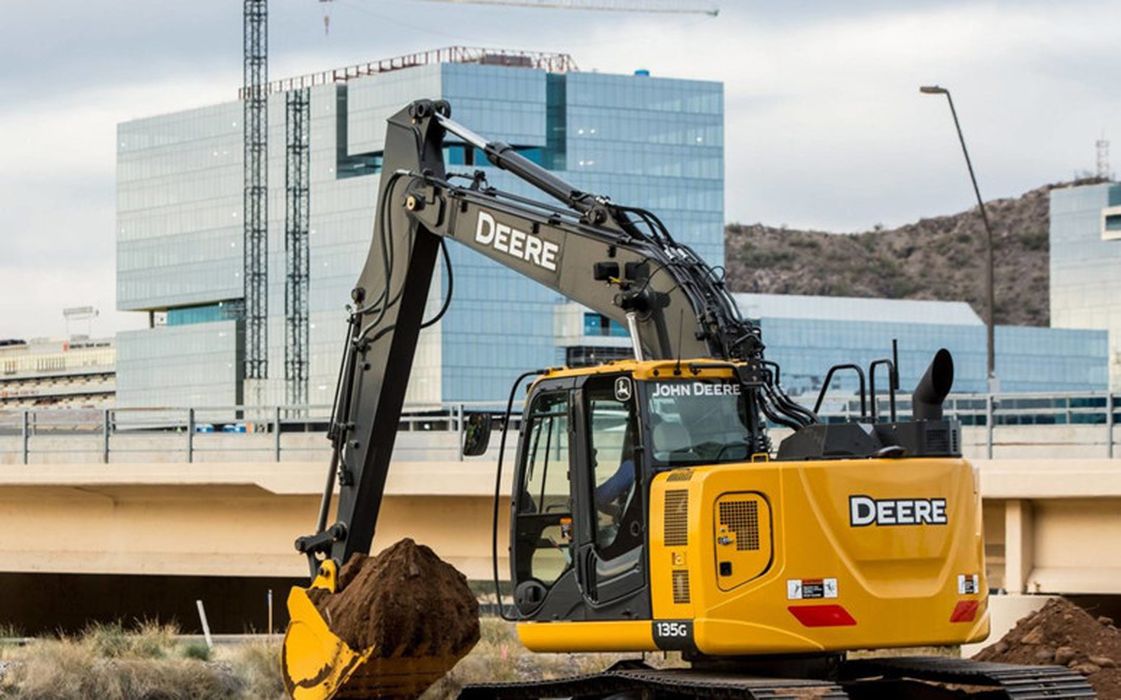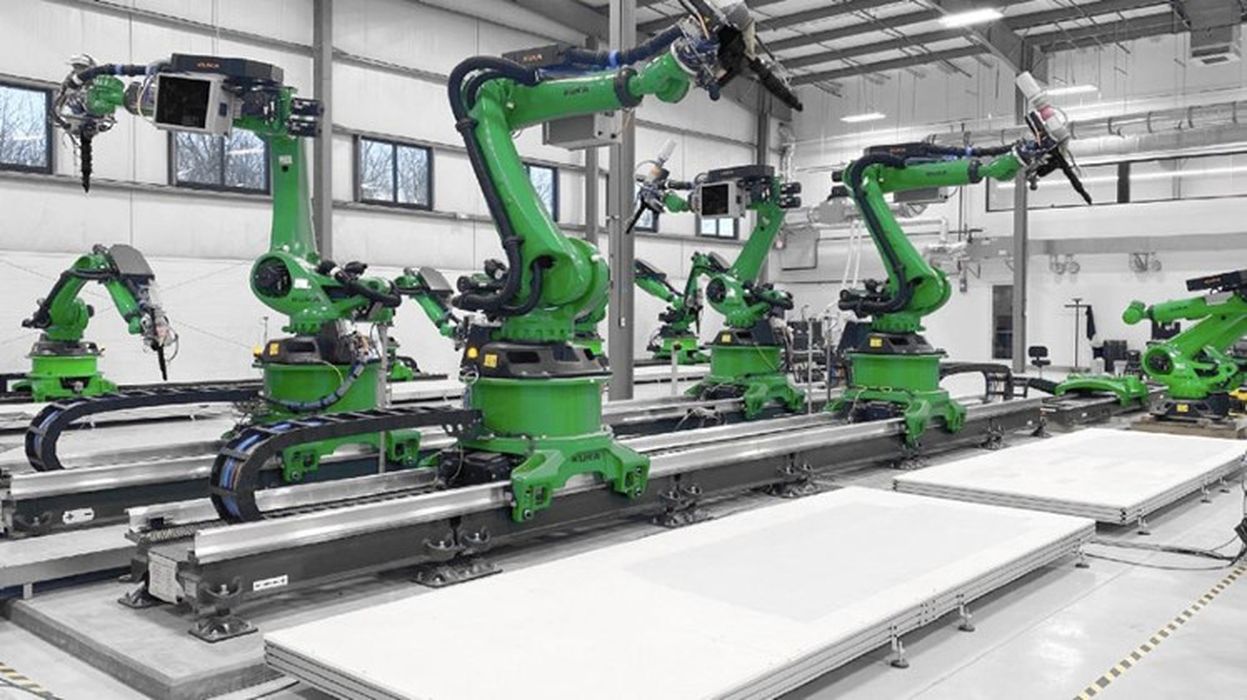Charles R. Goulding and Preeti Sulibhavi foresee increasing use of construction 3D printers.

A recent Wall Street Journal article published on June 9, 2023, titled “Excavator Sales Surge to Record on Heels of Boom in Construction,” described the strong excavator market. Overall, in 2022, North American sales of excavators in general went up by 23%.
More specifically, Caterpillar reported sales were up 17% for the first quarter of 2023. CNH Industrial reported current year quarter one sales were up 15% and Deere released its sales numbers, which were up 30% in the first quarter of this year.
An excavator is a multi-functioning, earth-moving machine that provides construction teams with the flexibility of using the excavator for more than one purpose while not losing any of the reliability in the function that is required on site.
Industry giants, including Deere, Caterpillar and CNH Industrial are expanding their models of excavators due to the recent construction boom. In fact, excavators, the smaller models, are rapidly replacing backhoes and frontend loaders that have been used to dig holes or move piles of dirt in the past. The demand for excavators is also being fueled in part by labor shortages in the construction industry as older, higher-skilled workers retire or take on less physically demanding jobs.
In the US the Inflation Reduction Act (IRA) and the Infrastructure Act have tax incentives that are driving construction sales.
Construction Industry and 3D printing

Metal 3D printers that utilize BIM technology can create prefabricated parts of buildings or even complete buildings themselves depending on the dimensions and specifications. There are specialized 3D printers for construction sites, and they are referred to as construction 3D printers.
Constructions-3D, a subsidiary of French 3D printer retailer Machines-3D, has a model printer called the MAXI PRINTER that has caterpillar-style rubber tracks and fits into a 20-foot shipping container for easy on-site transport.
High quality parts for construction equipment that need repair can also be fabricated quickly and cost-effectively. Materials can include everything from stainless steel to copper and the resulting parts are durable and dependable. There is a sustainable component as well where less waste is produced as a by-product.
The Research & Development Tax Credit
The now permanent Research and Development (R&D) Tax Credit is available for companies developing new or improved products, processes and/or software.
3D printing can help boost a company’s R&D Tax Credits. Wages for technical employees creating, testing and revising 3D printed prototypes can be included as a percentage of eligible time spent for the R&D Tax Credit. Similarly, when used as a method of improving a process, time spent integrating 3D printing hardware and software counts as an eligible activity. Lastly, when used for modeling and preproduction, the costs of filaments consumed during the development process may also be recovered.
Whether it is used for creating and testing prototypes or for final production, 3D printing is a great indicator that R&D Credit eligible activities are taking place. Companies implementing this technology at any point should consider taking advantage of R&D Tax Credits.
Conclusion
It is no surprise to us how 3D printing is impacting the construction industry in a huge way. We see the rise in excavator sales as a positive indicator that 3D printing can advance the industry even further. It’s a positive development that we hope will build the way to a better economy as well.
